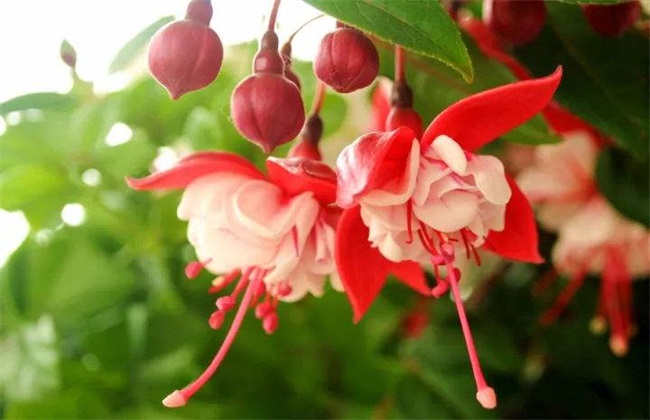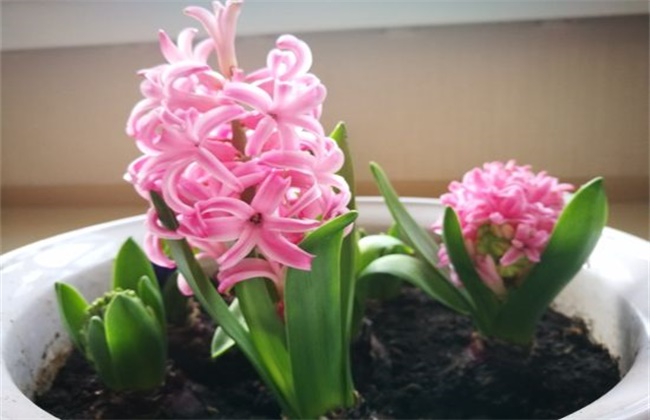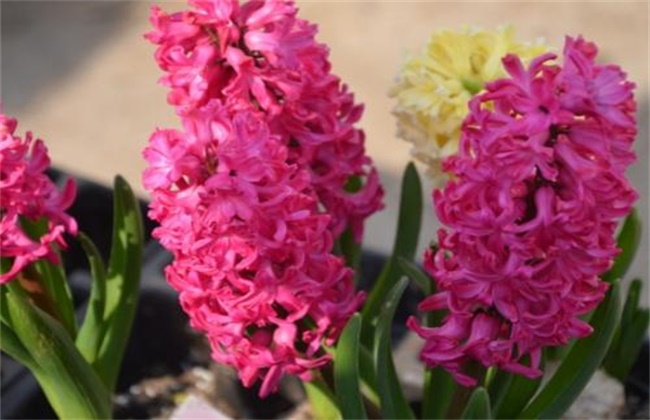The growing environment of lantern flower
Lantern flower is a kind of common and popular flower. Compared with other flowers, the shape of lantern flowers is more strange, flowers grow down, just like lanterns, hence the name Lantern Flowers. Now the planting area of lanterns is relatively large, but the growth of lantern flowers has certain requirements on the environment, so what growth environment does lantern flowers need? The following editor will give you a brief introduction, let's have a look!

1. Lighting
Light is very important for the growth of lantern flowers, we should pay attention to control the light when planting lantern flowers. Lantern flowers like to grow in a semi-overcast environment, but the demand for light will change with the change of light. For example, in the period from late autumn to early spring, due to the reduction of natural light, it is necessary to provide all-day light for lantern flowers. In early summer and early autumn, the lighting environment is dominated by half-day light. In the hot summer season, because the light is relatively strong, so we should pay attention to shading work to ensure that lantern flowers can grow normally.
2. Temperature
In the process of the growth of lanterns, the control of temperature also needs our attention. The suitable growth temperature of lantern flower is about 12-25 degrees. Too high and too low is very disadvantageous to the growth of lantern flowers, especially in summer, the temperature should be kept below 30 degrees, which will seriously affect the growth of lantern flowers. If it is more than 35, it will cause a large number of lantern flowers to wither and die. So in summer, we should also do a good job of cooling, on the contrary, we should do a good job of heat preservation in winter, if the temperature is too low, it will lead to frost injury of lantern flowers.
3. Moisture
Lantern flowers have a great demand for water. If the soil is too dry, the roots cannot absorb enough water, causing damage to the roots. It is necessary to keep the soil moist during the long-term period of lantern peanuts, especially in the hot and dry season in summer. And properly spray water to the leaves to promote the growth of leaves, and then properly sprinkle water on the ground and in the air, which can not only reduce the temperature, but also improve the air humidity. On the contrary, in winter, because the temperature is low, we should pay attention to reduce the amount of water.
4. Nutrition
Nutrition is also indispensable in the growth process of lantern flowers, because the growth rate of lantern flowers is relatively fast. There are also more flowering times in a year, so we should also pay attention to fertilization, which should be based on the principle of applying more and less fertilizer. Usually topdressing once every 10 days or so, the fertilizer is mainly thin cake fertilizer or compound fertilizer, and the soil should be kept dry before fertilization. Then spray water properly after applying fertilizer to prevent the leaves from rotting caused by fertilizer and water, thus affecting the growth of lantern flowers and reducing the ornamental value.
The above is a brief introduction to the growing environment of lantern flowers. That's all for today's introduction. This article is for reference only. I hope it can help you all.
Related
- Fuxing push coffee new agricultural production and marketing class: lack of small-scale processing plants
- Jujube rice field leisure farm deep ploughing Yilan for five years to create a space for organic food and play
- Nongyu Farm-A trial of organic papaya for brave women with advanced technology
- Four points for attention in the prevention and control of diseases and insect pests of edible fungi
- How to add nutrient solution to Edible Fungi
- Is there any good way to control edible fungus mites?
- Open Inoculation Technology of Edible Fungi
- Is there any clever way to use fertilizer for edible fungus in winter?
- What agents are used to kill the pathogens of edible fungi in the mushroom shed?
- Rapid drying of Edible Fungi



